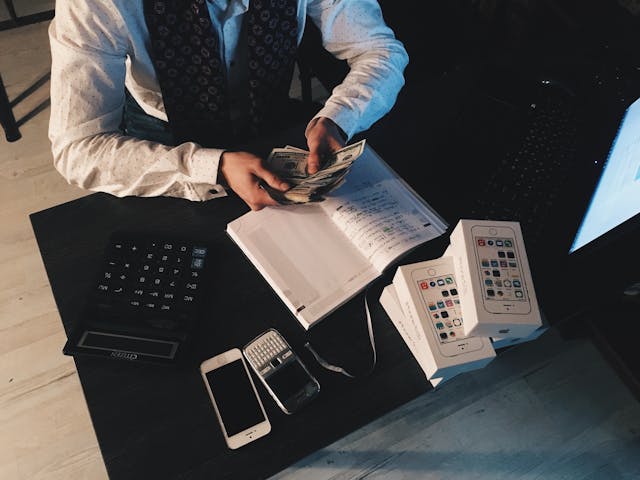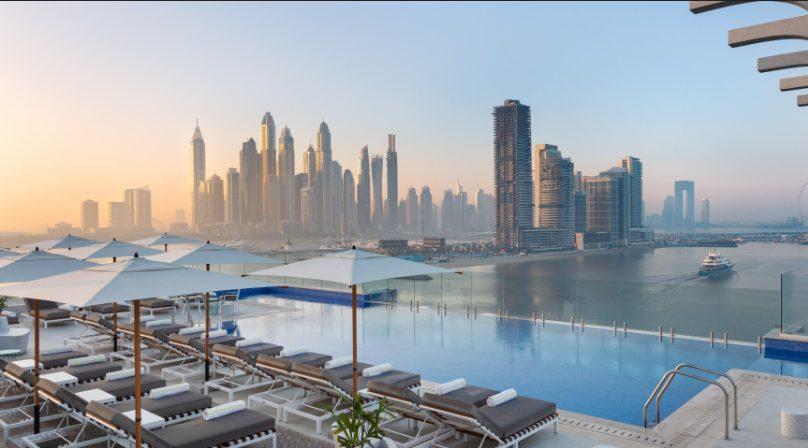
Unlocking Passive Income: How Dubai Real Estate Agents Can Boost Their Earnings Effortlessly
I have a strong interest in the Dubai real estate market, and Unlocking Passive Income: How Dubai Real Estate Agents Can Boost Their Earnings Effortlessly is a top priority for me. I’m constantly looking for methods to increase my income while juggling a demanding work schedule. Many professionals consider passive income to be the holy grail, particularly in the fast-paced real estate industry. Like me, you may be a real estate agent in Dubai and be wondering how to generate passive income sources while continuing to work in the market. Let’s explore some tactics that have been effective for me and might also be effective for you. Understanding Passive Income in Real Estate: It’s important to comprehend what passive income is before we get into the tactics. Passive income is money gained with little to no active participation, as opposed to active income, which necessitates constant effort and time. In the context of real estate, this could entail obtaining money from investments or properties that produce income on their own without ongoing supervision. Also see: From Vision to Reality: The Story Behind Dubai’s Mega Real Estate Projects 1. Invest in Rental Properties: Investing in rental homes is one of the easiest methods to make passive income in Dubai’s real estate market. Due to its consistent demand and excellent rental yields, Dubai’s real estate market has traditionally drawn in investors. Why Rental Properties? Rent payments from rental properties offer a reliable source of revenue each month. You can select from opulent apartments in Downtown, cozy family homes in Arabian Ranches, or even short-term vacation rentals in locations like Dubai Marina thanks to Dubai’s varied rental market. Also see: The Impact of Artificial Intelligence on the Dubai Real Estate Market How to Get Started: Investigate: Look into high-yield neighborhoods first. Seek out locations with high demand and low rates of vacancy. Financing: Investigate your mortgage alternatives and financing arrangements. You may be an insider when it comes to attractive mortgage rates as an agent. Property Management: To take care of daily operations and tenant complaints, think about working with a property management business. That way, you can have passive income without having to deal with the headaches of land lording. 2. Invest in Real Estate Investment Trusts (REITs): If you are not interested in managing real assets, Real Estate Investment Trusts (REITs) provide a great substitute. With REITs, you can own a portfolio of real estate assets and get dividends from the sales and rental income of the properties. Also see: Why Dubai is Becoming a Hub for Digital Nomads: Real Estate Opportunities for Remote Workers What Makes REITs Unique? A hands-off approach to real estate investing is provided by REITs. Since they are traded on well-known exchanges like stocks, you can invest with comparatively little money and take advantage of liquidity. How to Get Started: Investigate: Seek out respectable REITs with a concentration on Dubai or the UAE market. Among the more well-known ones are Emirates REIT and Dubai Investments. Invest: Use a brokerage account to buy REIT shares. To increase your profits, keep an eye on their performance and dividends. Spread your money among several REITs to reduce risk and guarantee consistent returns. Also see: What’s the Future of Generative AI? An Early View in 15 Charts 3. Affiliate Marketing and Referral Fees: Another way to generate passive income as a real estate agent is through affiliate marketing and referral fees. This strategy leverages your industry connections and expertise to earn commissions from referrals. Why Affiliate Marketing and Referrals? Affiliate marketing and referrals are effective because they tap into your existing network and client base. By recommending services, products, or properties, you can earn commissions for every successful referral. How to Get Started: Form alliances with Service Providers: Form alliances with property management firms, mortgage brokers, and real estate services. A commission or referral fee should be negotiated for each successful lead. Promote: To spread the word about these services, use your blog, website, and social media accounts. When appropriate, incorporate affiliate links in your valuable material. Track Performance: Keep an eye on the money you receive from referrals and modify your tactics to concentrate on the most lucrative alliances. 4. Create and Sell Real Estate Educational Content: You have significant expertise that others may find useful as a real estate agent. A reliable source of passive income can be generated by producing and reselling real estate-related instructional content online. Why Educational Content? Online courses, webinars, and e-books are examples of educational content that can continue to make money long after it is first created. An international audience may be drawn to your content as more individuals look to learn about real estate. How to Get Started: Find Your Niche: Concentrate on your areas of expertise, such as Dubai real estate laws, market trends, or property investment. Produce Content: Create excellent material for e-books, webinars, and video courses, among other media. You can reach a larger audience by using websites like Teachable and Udemy. Promote Your Work: Make use of your website, social media accounts, and trade associations to promote your material. To draw in customers, think about providing free samples or previews. 5. Leverage Real Estate Crowdfunding: Crowdfunding platforms for real estate enable you to invest with very small sums of funds in real estate projects and developments. Through profit-sharing or interest, this approach offers a way to generate passive income. Why Real Estate Crowdfunding? Crowdfunding platforms frequently concentrate on particular real estate project categories, like mixed-use, residential, and commercial projects. This enables you to put money into ventures that suit your interests and level of risk tolerance. How to Get Started: Platforms for Research: Look into trustworthy websites for real estate crowdfunding, such Fundrise or Crowdstreet. Seek out companies with a solid history and open business practices. Invest: Select projects based on your budget and investing objectives. Platforms usually include comprehensive details on the risks and possible rewards of each project. Monitor: Keep tabs on the projects’










